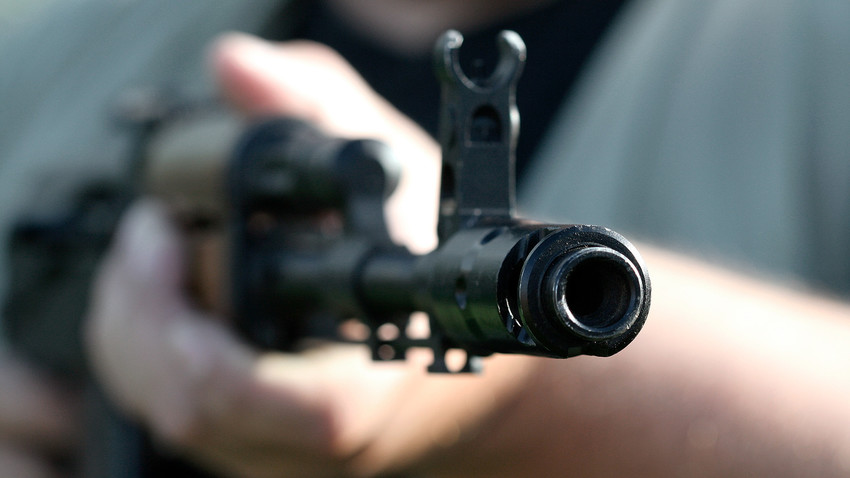Why NATO copied Russia's AK-47

Technical ideas realized in AK-47 were so successful for the time that even Danish engineers implemented them in their firearms.
Legion MediaEarly in the Cold
However in the mid 50s Danish engineers created the Madsen LAR (light automatic rifle), a copy of the AK-47 that used Soviet 7.62x39 mm ammunition.
The Madsen LAR
Today only a couple of Madsen LAR rifles remain in existence and some can be found at the Royal Danish Armory Museum in Copenhagen.
The gun borrows Kalashnikov's design with a long stroke gas piston and rotating bolt and AK’s bolt carriers. Thus, the base concept relies on the AK-47, with the rest, besides the ‘heart’ of the weapon, being European made.
The Madsen LAR uses an aluminum alloy lower receiver with steel front trunnion
The most interesting thing about the Madsen LAR is that despite being based on the AK-47 and its 7.62x39 mm rounds, the rifle was unable to take AK-47 magazines, which could be a big disadvantage in combat conditions.
According to
If using any of Russia Beyond's content, partly or in full, always provide an active hyperlink to the original material.
Subscribe
to our newsletter!
Get the week's best stories straight to your inbox